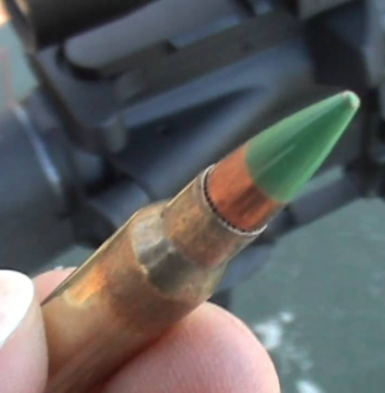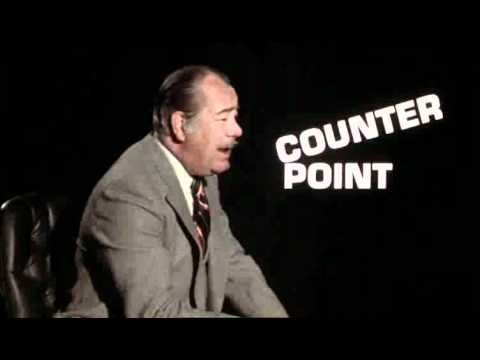As I’ve said before, when you see a pattern, it means it’s a coordinated campaign, and folks, we’re seeing a pattern. Same talking points as Milbank, to a tee.
Is it Title II, which eliminates liability on any shooting range built or operated with federal funding in whole or in part — if for example a deranged person commits a mass shooting on that firing range? The shooting range is free of liability in all cases, even if it knew a dangerous person was using the firing range and did nothing to alert the authorities.
Are people really committing mass shootings at firing ranges? Is this really a problem? I also LOVE this juxtaposition.
Is it Title I, which prohibits the entire federal government from addressing lead poisoning caused by ammunition or fishing tackle? Even though waterfowl hunters switched to non-toxic ammunition decades ago, and even though lead poisons people and wildlife alike, and even though there are non-toxic alternatives, this legislation would forever preclude the government from taking action.
Yes, there are very expensive and less effective non-toxic alternatives. There could be cheaper non-toxic alternatives, but …
And then there are the provisions eliminating all restrictions on the purchase of silencers, eliminating restrictions on armor-piercing bullets, and eliminating restrictions on carrying firearms across state lines.
There we are with the armor piercing bullets again, and you guys don’t see the articles I choose not to link, so you can expect this is a key Bloomberg talking point right now. You can’t, on one hand, tell us that we have to adopt alternatives to lead ammunition, and then, on the other hand, outlaw those alternatives. That’s what the “armor piercing” ammunition law currently does.
Let me just re-establish for those of you who might be new to this: the armor piercing ammunition issue is bullshit. Let me go over a brief history of this issue.
Back in the 1980s and early 1990s, when this fake issue was turned into a full on scare by the media and Hollywood, people were demanding that “something must be done.” So politicians started drafting bills which were “something,” and therefore “must be done.” Early attempts by Ted Kennedy to draft a bill based on the ability to penetrate soft body armor would have banned most rifle ammunition. Nearly all centerfire rifle ammunition will penetrate body armor typically worn by police. Not just scary “assault weapons.” Not big bad .50 BMGs. The .30-30 Grandpa shot deer with for years will slice through soft body armor like a hot knife through butter, no matter what the bullet is made of. Why? Rifle bullets travel at two to three times the speed of handgun bullets, and speed is what gets you through kevlar.
Banning all rifle ammunition not being politically feasible, politicians looking for that “something” that “must be done” started focusing on handguns that could shoot bullets that were capable of penetrating soft body armor. That’s a much smaller class of ammunition, because nearly all handgun rounds except very powerful ones are stopped by soft body armor (I know, I know, it depends on the level of the vest, but for simplicity’s sake here). Still, a performance based criteria would ban large swathes of popular handgun ammunition. That was just fine by people who were in favor of banning handguns, so there was a real chance this could happen.
As a compromise, instead of focusing on performance, legislation could focus on the materials the bullet was made from, and based on whether or not it was designed to be fired from a handgun (basically it had to be a lead bullet). This would only ban a very small subset of ammunition that didn’t see much civilian (or law enforcement, for that matter) use. It was “something” that the politicians could take to their hysterical constituents demanding that an armor piercing ammunition bill “must be done.” And so it was done.
But lawmaking by Congress is only ever part of the equation. Federal bureaucrats have enormous leeway to make rules to implement a particular law. Under both the Clinton Administration and the Obama Administration that’s exactly what happened. Suddenly, it wasn’t “designed to be fired from a handgun” it was “can be fired from a handgun.” The new rule became if there was a pistol that could fire the ammunition, that ammunition became subject to the armor piercing law and could be banned. This was used to great effect to ban cheap 5.56x45mm and 5.45x39mm ammunition during the Obama Administration. What SHARE would do is to set the rule back to what it was intended to be, and eliminate the mechanism by which two hostile administrations have used to warp the law into something it was never meant to be. It was meant to be a meaningless feel good measure that didn’t really ban much of anything. It was NEVER intended to be a mechanism to ban large categories of rifle ammunition. But that’s what it was turned into.
But hey, why write an article on that? Why take the concerns of shooters seriously? Why try to learn something before just writing up an op-ed from Bloomberg’s talking points?




